If you’ve been in a health food store or a gluten-free bakery recently, chances are you have heard of amaranth. If you’re a gardener, you’re probably familiar with amaranth as a common weed. What is this plant anyway?
The history and production of amaranth are full of contradictions. Amaranth is the genus name for a wide variety of plants native to the Americas that grows as a weed and also produces highly nutritious leaves and grain-like seeds. It has ancient indigenous roots in Mesoamerica, and its production for food is inescapably tied to colonial violence. Today, it has become a trendy grain being heralded as a superfood. Let’s take a look at what amaranth is, how to grow it, and where it came from.
Growing Amaranth
Since amaranth requires so little water to grow, it is an unusually sustainable option for agricultural production in hot, dry areas. Before planting, get to know your soil. Amaranth grows well in a variety of soil textures, as long as the soil is well-drained.
Like most grains, amaranth is direct seeded as soon as the last frost has past and the soil surface is tillable. With soft, workable soil, plant pinches of seed in rows about 12 inches apart. In clumpier soil where fewer plants are likely to germinate, seed in continuous rows like carrot seeds and be prepared to thin the plants later.
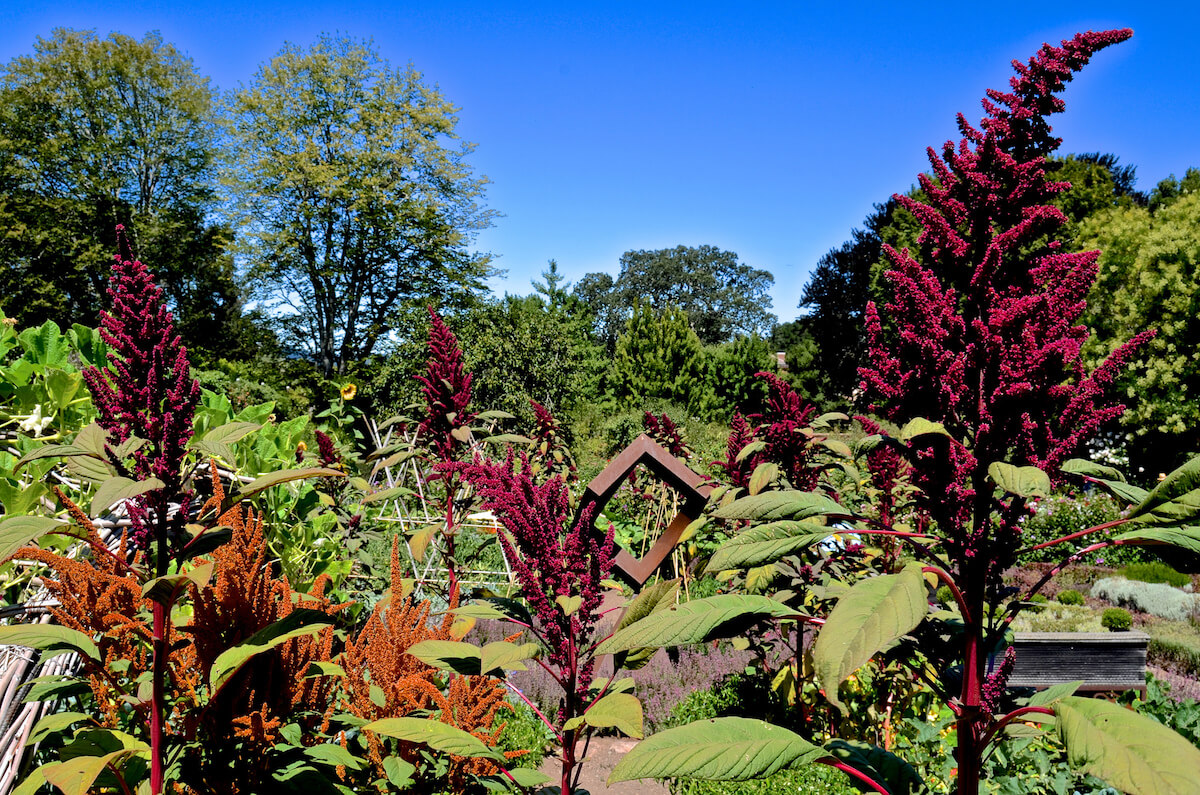
In a cool climate with a short growing season, amaranth can be started indoors six weeks before the last frost and transplanted out in the spring. Amaranth is a warm-weather crop that takes four months to produce mature grain, so the length of the growing season is important to consider.
Transplanting is somewhat more labor-intensive than direct seeding, but your plants will have a head start and be more likely to out-compete weeds. Since amaranth is broad-leafed, unlike most grains, it does a good job out-competing weeds as long as it gets a strong start.
Once planted in the field, amaranth needs to be watered when the soil feels dry to the touch in the spring, but once established, the plants are tolerant of heat and drought. Greens can be harvested for salads throughout the growing season.
Harvesting Amaranth
The grain is ready to harvest when the plants begin to dry and the flowers begin to change color. Even after the grain is ripe, amaranth will keep flowering, but if you shake the flowers and dry grain falls easily, the grain is ready.
Unless you have grain harvesting equipment like a combine, expect to be cutting your amaranth by hand. Cut the stalks at the base and lay them flat in windrows to dry, like hay. Stacking can cause spoilage, especially in hot weather. While harvesting, treat the plants gently so you don’t lose grain by shaking it loose.
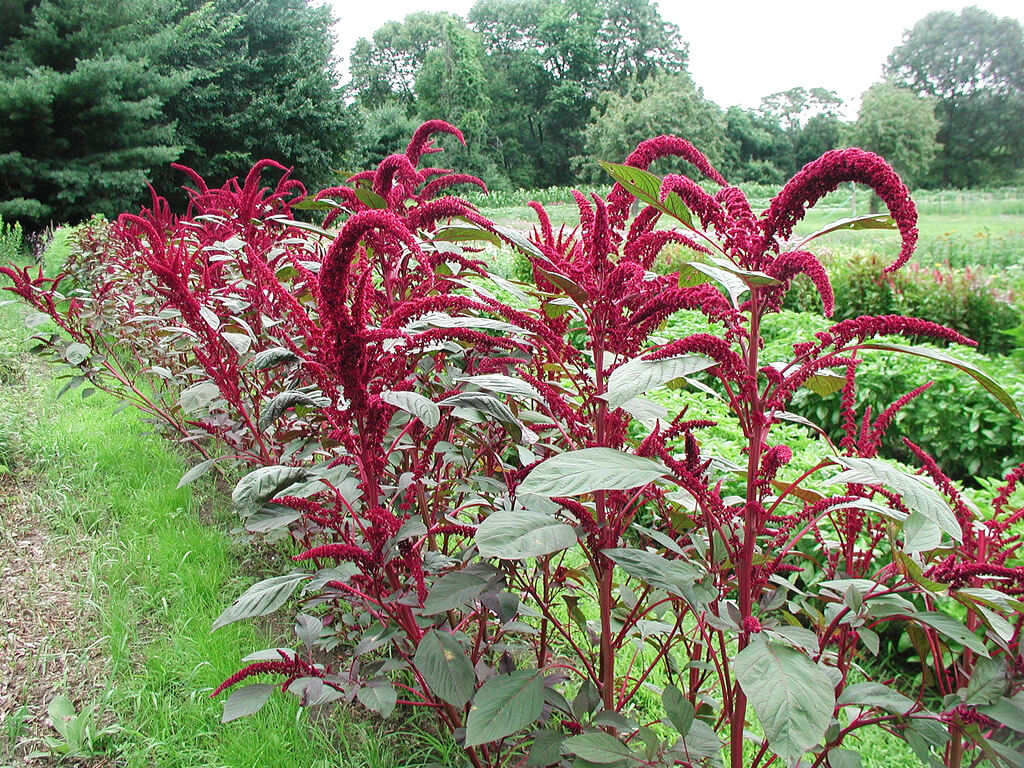
Threshing is the process of shaking the grain loose from the seed head and stalk. This can be done with a machine or by hand, by shaking the seed heads over a bucket, basket, or clean trash bin. Once threshed, the seed should be winnowed or blown—a process of introducing air either with a seed cleaner or by hand-sifting and blowing chaff and dust off the seeds. The less foreign matter there is in amaranth the better it will store.
Once clean, the amaranth grain should be raked out in the sun, like rice, on a tarp, concrete, or an other clean flat surface, and turned periodically for three to five days. Dry grain should be stored in airtight containers in a cool, dry place out of sunlight. It will last for six months to a year as whole grain. For added longevity, it can be stored in a freezer.
For more details on growing and harvesting, check out this excellent guide.
Uses And Benefits Of Amaranth
The greatest modern use of amaranth is as a gluten-free grain. Amaranth is high in lysine, an amino acid which cereal grains like wheat, barley, and corn have very little of. It has a 14% protein content, which is 50% higher than that of wheat. Combined with maize and beans, amaranth makes a complete protein that is readily available to human digestion. It also has high levels of calcium, iron, and other micro-nutrients.
It can be ground into flour or cooked as a whole grain like rice or quinoa. Cooked amaranth releases a large amount of starch into the cooking water, turning it gummy, so use a higher ratio of water-to-grain than you would for quinoa. Instead of two to one, try four to one.
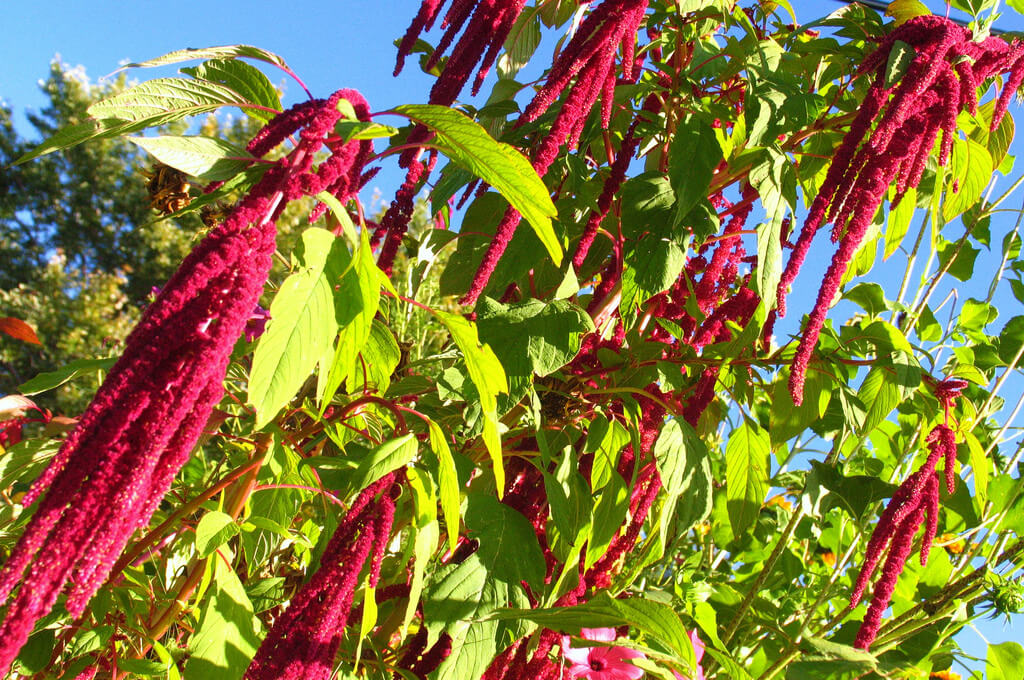
After cooking, don’t just drain the water off, instead pour the amaranth into a strainer and rinse with warm water. Even cooked, it has a crunchy exterior, but the inside should be soft. The grain can be added to tabouleh, stuffed mushrooms, homemade tortillas, hummus, falafel, and dozens of other recipes.
Amaranth flour is fairly dense and has an earthy, nutty flavor. It is best combined with other flours, either with wheat flour for the added nutritional benefits of protein or with gluten-free flours like coconut and almond flour. Amaranth flour is excellent in flatbreads and pancakes that do not need to rise significantly.
The leaves of amaranth are also edible and can be grown as a leafy green vegetable crop or as micro-greens. Some varieties are grown as classic garden ornamentals, like love-lies-bleeding, prized for their dramatic pink or bronze flowers.
Check out Puente de la Salud’s recipe book!
History Of Amaranth
There are more than 75 plants in the Amaranth genus and not all produce viable grains. The varieties of amaranth grown as a grain are native to Central America. They were domesticated and grown as a staple crop by the Aztecs and other pre-Columbian Mesoamerican people. Amaranth, along with maize, beans, and squash, formed part of the foundational food pyramid for indigenous Mexican societies.
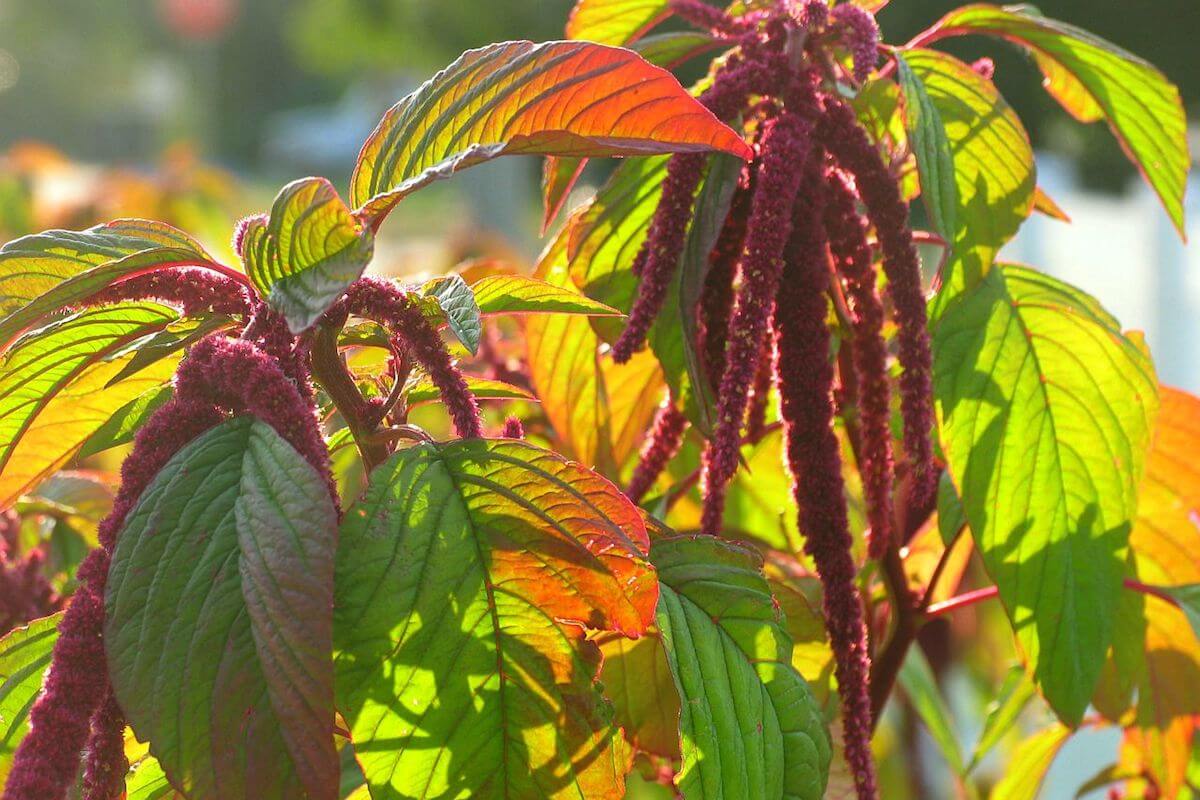
This important food source was outlawed upon the arrival of Spanish colonizers because it was used during the religious festival of Huitzilopochtli, the Aztec war god. Contrary to popular opinion, corn and beans alone do not form a complete protein complement. This campaign against amaranth caused economic and nutritional destabilization, the legacy of which still causes poverty and malnourishment in subsistence farming areas of Central America.
If it hadn’t been for amaranth’s genetic hardiness and adaptability, the grain might have been lost forever, but the species survived growing wild as a weed until interest in cultivation began to grow again in the US during the 1970s. Its revival was largely thanks to the work of Mexican scientist Alfredo Sanchez Marroquin, who traveled the country cataloging and reviving indigenous plants, among other work.
https://www.instagram.com/p/BdswmIZgJuK/?tagged=growingamaranth
Still, in an era of expanding argo-business and globalized farming, there was little interest in cultivating a crop with low-commercial demand, even in the regions where it had historically been a staple. The flagging heritage of amaranth struggled until the gluten-free movement of the mid-2000s, with the number of Americans going gluten-free rising exponentially. Now amaranth is a trendy health food costing six dollars per pound (organic, of course).
Today, amaranth is being grown commercially in the US and Mexico, including in its ancient homeland, Oaxaca. An organization called Puente a la Salud Comunitaria helps bring amaranth cultivation back to rural areas to improve nutrition and food sovereignty while providing a source of economic empowerment.
Whether you are growing amaranth for health reasons, food security, to reclaim a heritage, or just to save money, remember the history of amaranth. When we grow amaranth, we are cultivating gratitude for the ancient agriculturalists of Central America, the hardy biology that allowed the plant to survive colonization, and the work of scientists, farmers, and activists who have helped see amaranth’s resurgence.


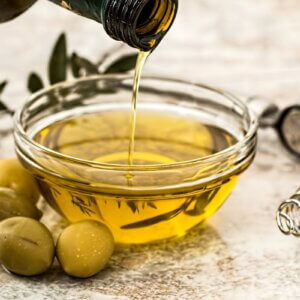
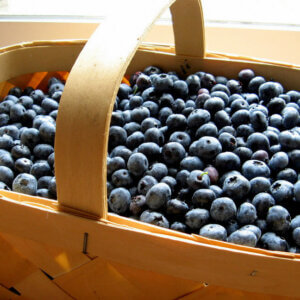






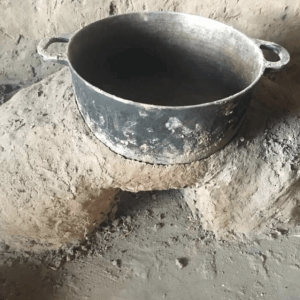
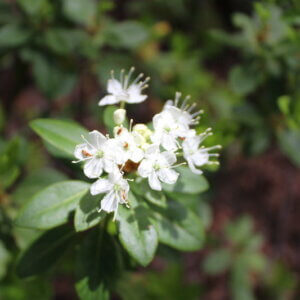
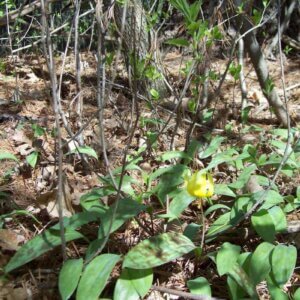

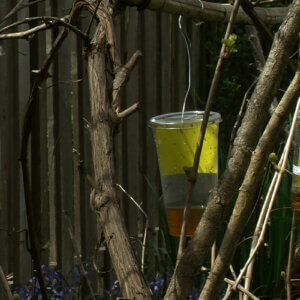




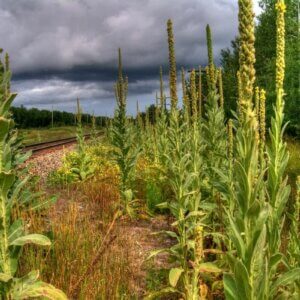

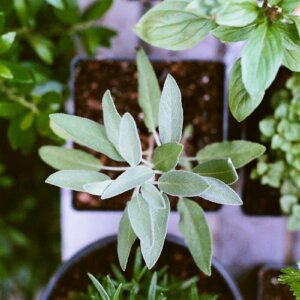






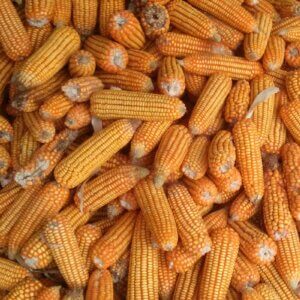




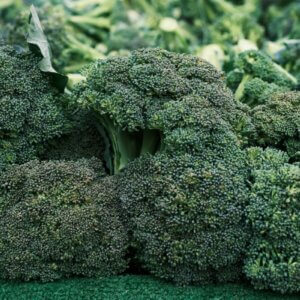





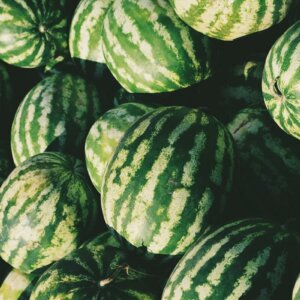


Amaranth is delicious! One of my favorite ways to eat it is popping it like popcorn. Just take a minuscule amount of oil in a saucepan, throw in a handful of those tiny seeds, and turn the heat to medium-hot. They pop really quickly (you might imagine, with how small they are) and have such a delightful texture. We rolled them in melted chocolate. (Because that is how you should handle pretty much anything, right?)
Thanks for the tips on how to process it on the small scale! We’re looking to add amaranth to our homestead garden spaces next year.
Hope that more people catch on to how tasty these non-GMO sources of food are, especially when you grow them for basically nothing, rather than paying out the wazoo to get them at the store. Why eat poison when you can grow delight in your backyard?
@MS – Thanks thumbs UP !